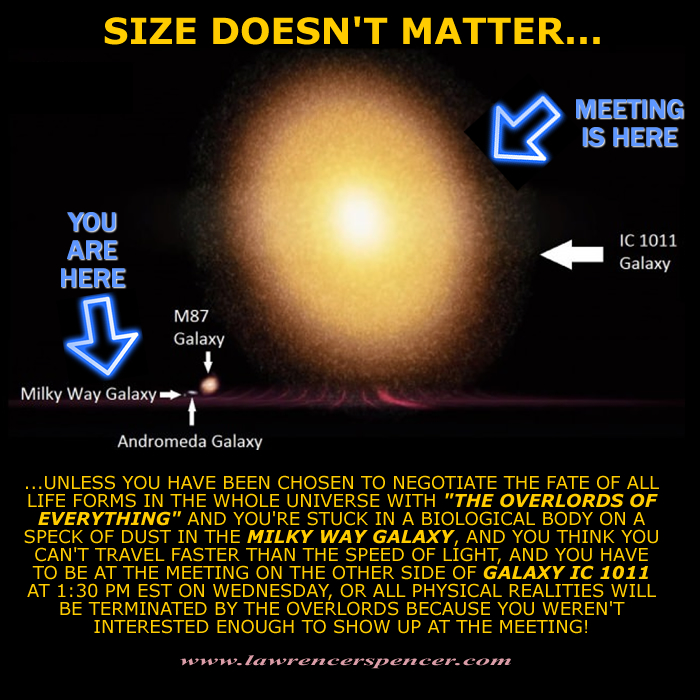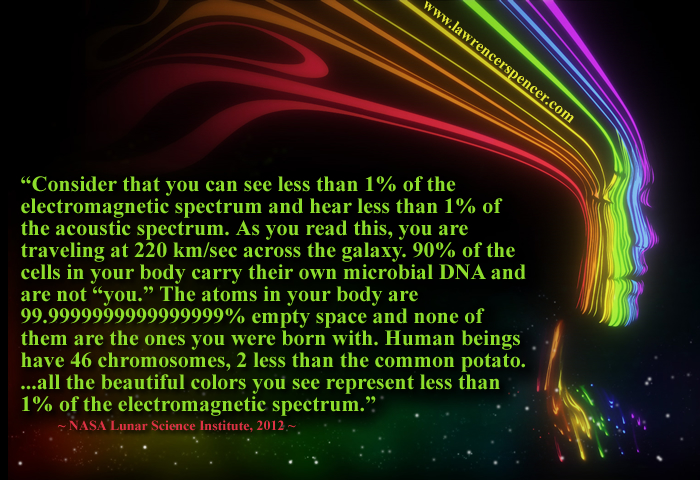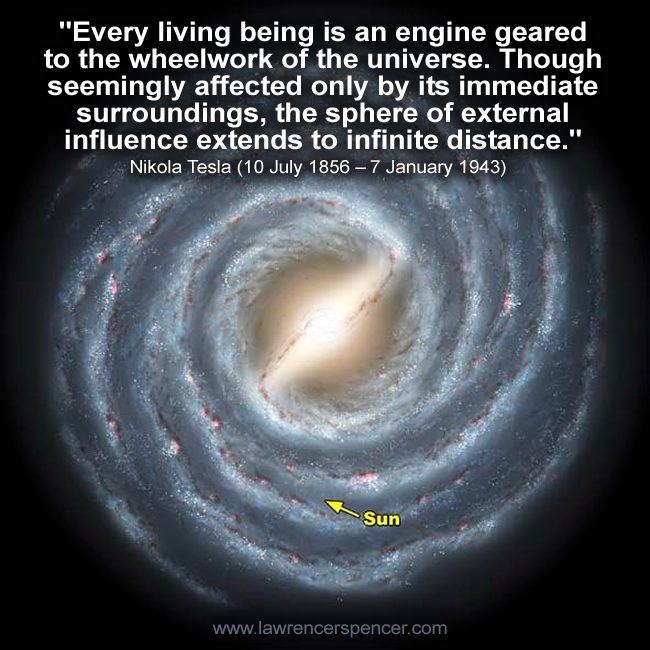Republished by Blog Post Promoter
Tag Archives: galaxy
100 MILLION SPECIES
Republished by Blog Post Promoter
Mankind is only one SPECIES of life on Earth. According the leading “scientific authorities”: ...the “estimated total number of species on Earth is 6.5 million species found on land, and 2.2 million (about 25 percent of the total) dwelling in the ocean depths. However, a study, published by PLoS Biology, says a staggering 86% of all species on land and 91% of those in the seas have yet to be discovered, described and cataloged.”
If we do the math, we learn that 8.7 million is roughly 80% – 90% of ONE HUNDRED MILLION species on this planet. That’s a LOT of life! How many even MORE bizarre life forms are as yet undiscovered? And how many more might there be living throughout the rest of our own galaxy? (I won’t mention the whole universe….).
Many more imagined creatures are described in science fiction stories on other planets and galaxies. But, very few of these fictional “monstrosities” are as strange and bizarre at the real creatures that inhabit the microcosm on our own planet. Here are pictures of a few common insects viewed with the aid of an electron microscope. It is a challenge to imagine creatures more bizarre than these!
99% BLIND
Republished by Blog Post Promoter
YOUR COSMIC AGE
Republished by Blog Post Promoter
Time is a measurement of the motion of objects through space.
The planets in our solar system orbit around the sun. One orbit of the Earth takes one year. Meanwhile, our entire solar system orbits the center of the Milky Way galaxy. Our sun and solar system move at about 800 thousand kilometers an hour – that’s about 500 thousand miles an hour – in this huge orbit. So in 90 seconds, for example, we all move some 20,000 kilometers – or 12,500 miles – in orbit around the galaxy’s center.
Our Milky Way galaxy is a big place. Even at this blazing speed, it takes the sun approximately 225-250 million years to complete one journey around the galaxy’s center. This amount of time – the time it takes us to orbit the center of the galaxy – is sometimes called a “cosmic year.”
Revolve means “orbit around another body.” Earth revolves (or orbits) around the sun. The sun revolves around the center of the Milky Way galaxy.
On the other hand, rotate means “to spin on its axis”. The Earth rotates every 24 hours. The sun rotates, but not at a single rate across its surface. The movements of the sunspots indicate that the sun rotates once every 27 days at its equator, but only once in 31 days at its poles.
What about the Milky Way galaxy? Yes, the whole galaxy could be said to rotate, but like the sun it is spinning at different rates as you move outward from its center. At our sun’s distance from the center of the Milky Way, it’s rotating once about every 200 million years – defined by the length of time the sun takes to orbit the center of the galaxy.
If you are an Immortal Spiritual Being, how “old” are you in “Cosmic Years”? (this is a rhetorical question…)







